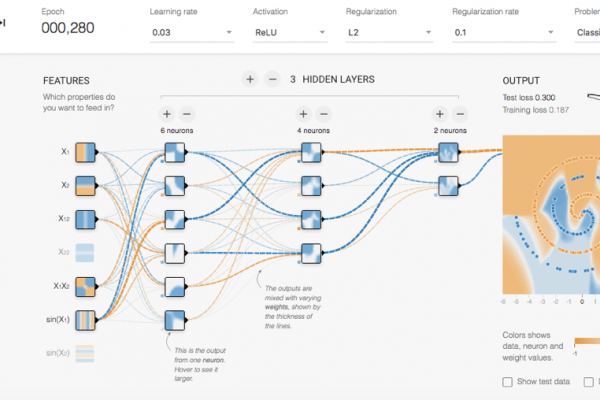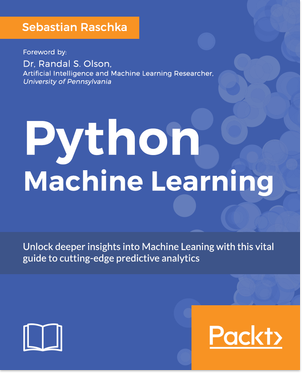What’s New in Tensorflow 2.0?
Introduction If you are a Machine Learning Engineer, Data Scientist, or a hobbyist developing Machine Learning Models from time to time just for fun, then it is very likely that you are familiar with Tensorflow. Tensorflow is an open-source and a free framework developed by Google Brain Team written in Python, C++, and CUDA. It is used to develop, test, and deploy Machine Learning models. Initially, Tensoflow did not have full support for multiple platforms and programming languages, and it […]
Read more


